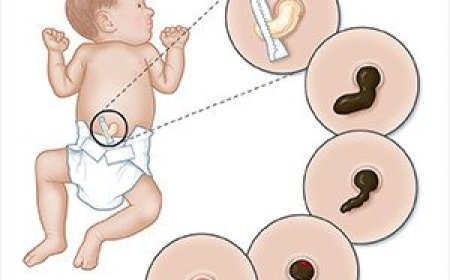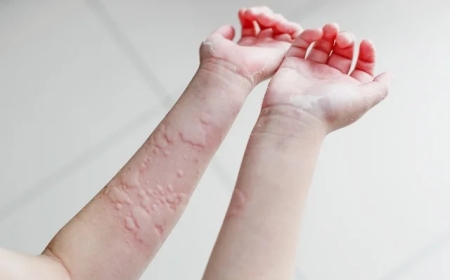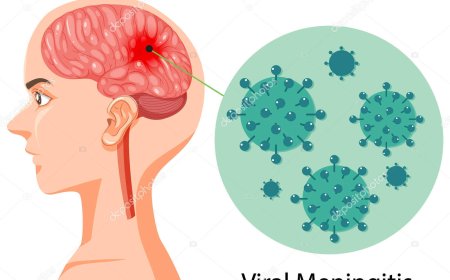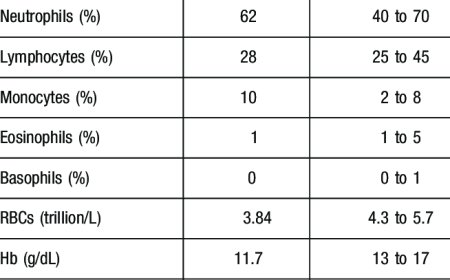Undescended Testicle
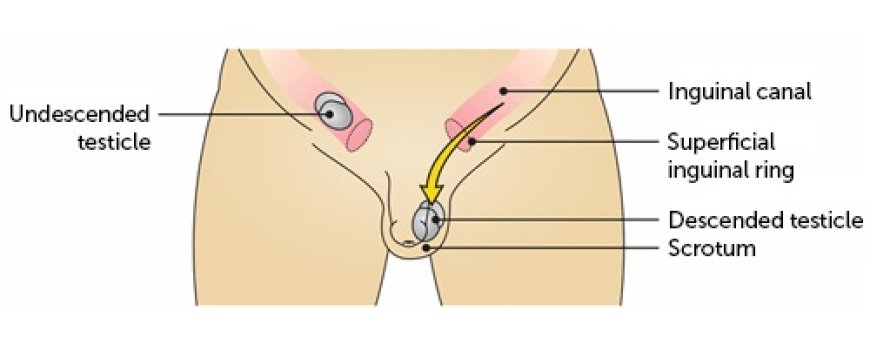
Introduction:
Undescended testicle, also known as cryptorchidism, is a common condition that can affect boys in India. It occurs when one or both testicles do not descend into the scrotum as they should during fetal development. In this article, we will explore what an undescended testicle is, its classification, signs, and symptoms, causes, risk factors, types, diagnostic tests, treatments, and complications, all explained in simple language for 10-year-old children to easily understand.
What Is Undescended Testicle? :
An undescended testicle refers to a condition where one or both testicles fail to move down from the abdomen into the scrotum, the pouch of skin that hangs beneath the penis.
Signs and Symptoms:
The main sign of an undescended testicle is the absence of one or both testicles in the scrotum. Other possible symptoms include:
- Empty Scrotum: The scrotum may appear smaller or empty on one or both sides.
- Palpable Testicle: In some cases, the undescended testicle can be felt in the groin area.
How Is Undescended Testicle Classified? :
Undescended testicles can be classified based on their location:
- Inguinal Undescended Testicle: The testicle is in the groin area, just above the scrotum.
- Abdominal Undescended Testicle: The testicle remains in the abdomen, higher than the groin.
Causes and Triggers:
The exact cause of undescended testicles is not always clear, but some factors that may contribute include:
- Hormonal Imbalance: Insufficient hormones during fetal development can affect testicle descent.
- Premature Birth: Babies born prematurely are more likely to have undescended testicles.
- Genetic Factors: Family history can play a role in the development of cryptorchidism.
Risk Factors with Examples:
Certain factors may increase the risk of undescended testicles, including:
- Premature Birth: Boys born prematurely are at higher risk of having undescended testicles.
- Family History: If a close family member had undescended testicles, the risk may be higher.
Types of Undescended Testicle:
- Unilateral: Only one testicle is affected, either on the right or left side.
- Bilateral: Both testicles are undescended, affecting both sides.
Diagnostic Tests and Treatments:
- Physical Examination: A doctor will perform a physical examination to check for the presence of testicles in the scrotum.
- Ultrasound: An ultrasound may be used to locate the undescended testicle.
- Hormone Therapy: Hormone treatment may be used in some cases to encourage testicle descent.
- Surgery: Surgical intervention is often recommended to bring the testicle(s) into the scrotum.
Complications of Undescended Testicle:
If left untreated, undescended testicles can lead to potential complications, including:
- Infertility: It may affect fertility in adulthood if not corrected early.
- Testicular Cancer: There may be a slightly higher risk of testicular cancer in men with untreated undescended testicles.
Undescended testicle is a common condition in boys in India. If you suspect your child may have an undescended testicle, it is essential to consult a pediatrician for proper evaluation and guidance. Early detection and appropriate treatment can lead to better outcomes and reduce the risk of potential complications. Remember, visiting the doctor is essential for your child's health and well-being.
What's Your Reaction?
 Like
0
Like
0
 Dislike
0
Dislike
0
 Love
0
Love
0
 Funny
0
Funny
0
 Angry
0
Angry
0
 Sad
0
Sad
0
 Wow
0
Wow
0


























































